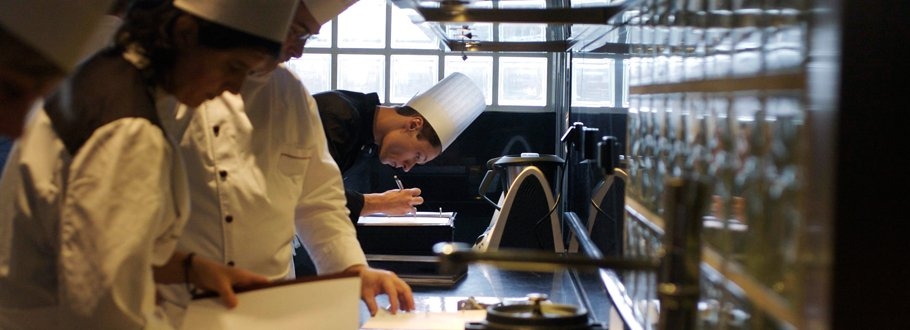K to 12: A Closer Look
Globalization has led various events to take place in the past decade—may they be in the fields of politics, economics, or the environment. It is referred to by Martin Albrow, a British exociologist and author known for his insights on globalization, as “all those processes by which the peoples of the world are incorporated into a single world society, global society.” It is also for this reason that countries all over the world, including the Philippines, have been undertaking programs to ready its people for the big picture. Situated in Southeast Asia, it is the duty of the Philippine Government to participate in external relations, to prepare the Filipino nation for the demands of the international community, and to ensure the country will not be left behind. One of its efforts towards globalization is called the K to 12 Basic Education Program, a major reformation in its educational system that aims to provide its youth with ample time to master both theory and skills, as well as training and preparation needed for higher education, employment, or entrepreneurship in today’s diverse world.
In the K to 12 Program, two years will be added to Philippines’ previous 10-year basic education curriculum, making it a 12-year learning process. The additional two years is labeled as Senior High School, while the preceding four years, Junior High School, the six years before that as primary education, and the onset, Kindergarten. However, it is this timeline that concerns most Filipinos, especially parents, teachers, and the students themselves. The 10-year curriculum to be overridden by the K to 12 has been constantly challenged because of two main problems: one, high dropout rates in primary and secondary schools; and two, lack of mastery of specific skills and content as evidenced by poor performance on standard tests conducted. With the old curriculum to be replaced with a new—and longer—one, many question if it will be a solution to the problems stated, or if it will only make these problems worse.
Addressing both dilemmas is easier said than done for the Philippine Government and the new curriculum it is implementing. In fact, high dropout rates only reflect the surface of underlying issues the country is facing every single day. In rural areas, extreme poverty, far distances to be travelled from home to school, and child labor are some of the main reasons why the youth choose to stay out of campuses. In urban areas, juvenile delinquency, family status, and lack of motivation prevent them from entitling themselves to decent education. For many parents and their children, they would go as far as trading education for food and money. This is because other pertinent struggles have to be addressed, and it is very difficult for ordinary people to value education when it does not meet their urgent needs. The same challenge is foreseen to arise when putting into effect the K to 12 Curriculum. Extended stay in school equates to more transportation costs, more food costs, more school materials needed, and it is not surprising for parents, students, and even teachers, to complain. Nonetheless, the Department of Education insists the longer stay would also mean higher competency and readiness through mandating that students choose from three tracks: Academic, Technical-Vocational-Livelihood, or Sports and Arts for their additional 2 years in high school, leading to mastery of certain skills. These courses increase employment and entrepreneurial opportunities after Senior High School, varying from commerce to engineering, technology to sciences, and agriculture to hospitality.
Moreover, the K to 12 Curriculum aims to foster deeper understanding of concepts to be taught through contextualization and using the students’ mother tongue. Another relevant aspect of the new curriculum is the integration of Disaster Risk Reduction and related discussions in its execution. The K to 12 Curriculum is indeed very promising. It has identified the issues that it needs to tackle by offering technical-vocational courses in addition to academic training, as well as planning to make both classrooms and materials available through allocating a bigger amount of money, time, and resources into the project. In the end, it is through careful execution and special attention that the K to 12 Curriculum will be able to address the doubts challenging it. Without the government deliberately finding solutions to local dilemmas brought about by its implementation, and without the cooperation of the citizens who will be subject to it, any good plan such as the K to 12 Basic Education Program will only be laid waste.






